Nannies, security and hairdressers: artists and their day jobs
‘Day Jobs’, a group exhibition on view at the Cantor Arts Center, California, looks at how artists are earning their living
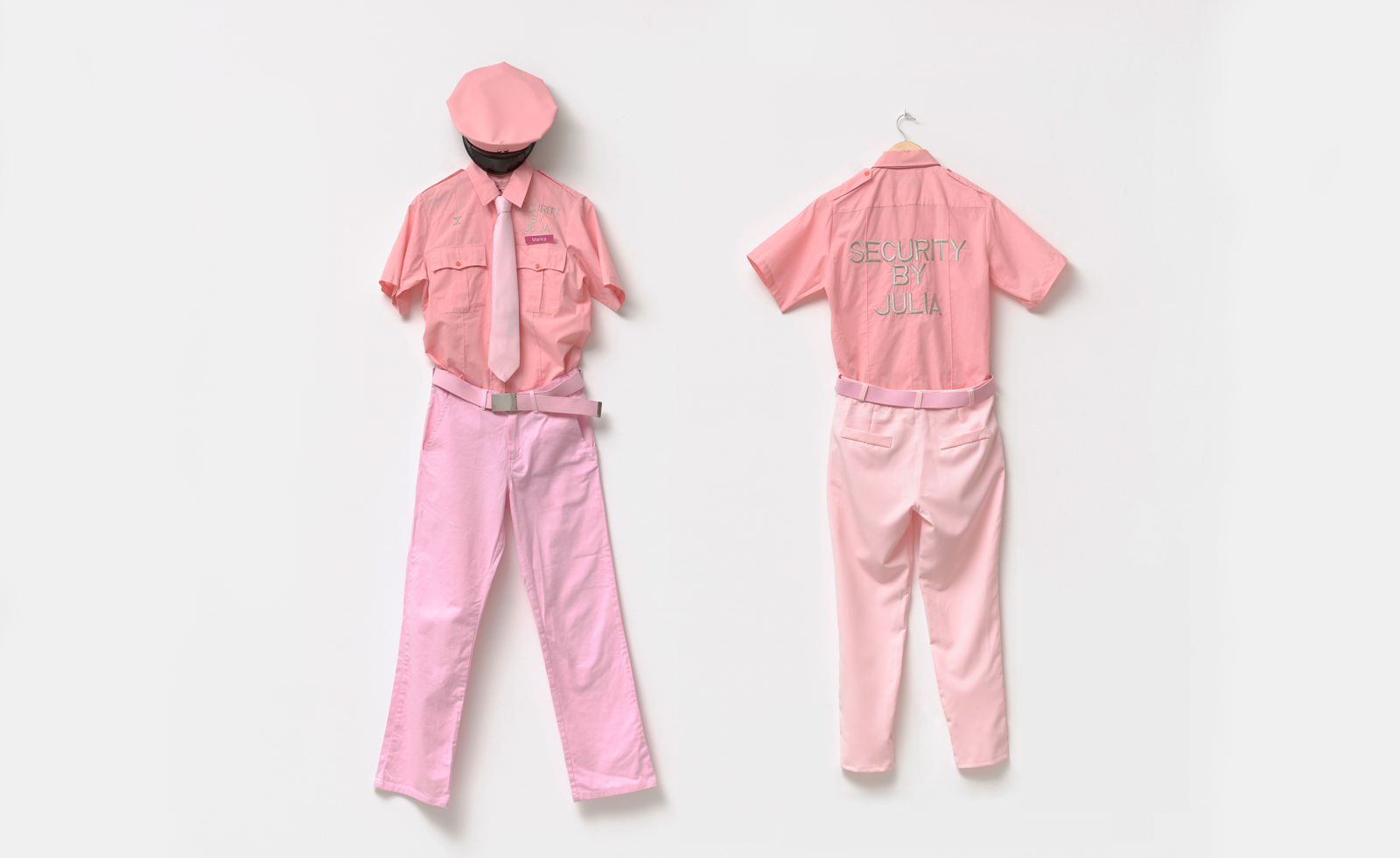
In the early stages of her career, Veronica Roberts – the John and Jill Freidenrich Director of the Cantor Arts Center at Stanford University in Palo Alto, California –worked with artists like Sol LeWitt and Barbara Kruger. They mentioned they both had day jobs while cultivating their artist careers – LeWitt supported himself as a night secretary at the Museum of Modern Art in New York during the early 1960s (Robert Ryman and Robert Mangold were guards and Dan Flavin operated the elevator), and Kruger as a graphic designer for the now-defunct Mademoiselle magazine at Condé Nast.
Roberts was intrigued by the day jobs artists work in while pursuing art, so much so that she curated ‘Day Jobs’ a group exhibition currently on view at the Cantor Arts Center in California through 21 July 2024. The museum director and curatorial assistant Jorge Sibaja selected over 90 works by 36 artists based in the United States.
The exhibition, which first opened in 2023 in Austin, at the Blanton Museum of Art at The University of Texas, features artists ranging from the emerging to the established, including Jay Lynn Gomez, Violette Bule, Nate Lewis, Virginia L Montgomery, Narciso Martinez, LeWitt, Kruger, Larry Bell, and Jeffrey Gibson. The exhibition, which is grouped by the kind of labour – including the service industry, caregivers, and fashion and design – explores how day jobs impact the careers of working artists.
Artists and their ‘Day Jobs’ explored

Vivian Maier, Chicago, 1978. © Estate of Vivian Maier; Courtesy of Maloof Collection and Howard Greenberg Gallery, New York
‘It was really conversations that began as I was starting out in the field, and realising that I wasn't hearing those stories,’ recalled Roberts. ‘I was hearing them from artists, but I wasn't hearing them from books or from exhibitions, and no one was talking about their day job, like there was so much that was said in that conversation that you don't normally hear.’
Accidents convinced both Bell and Mark Bradford to pivot their careers into different directions. Bradford was working at his mother’s hair salon after art school when he dropped a box of end papers (they’re used to encase the ends of hair to perming rods) all over the floor and realised they could be used as material for abstract art, like in the pastel-hued 2002 work on display in the exhibition. Bell worked as a framer when a piece of glass he was attaching to a box cracked. ‘I thought I had made a mistake and realised that this was as clear a statement as could be made,’ said the Light & Space artist, who mostly works in glass. ‘It changed my whole idea of what glass could do, what an enclosed space could contain, and how the light impacted on the importance of the visuals.’ The cracked glass box from 1959, along with two iridescent glass sculptures from 2020 are in the show.

Sara Bennett, JUDY, 69, in the nursery at Bedford Hills Correctional Facility, 2019
For Gomez, her work as a nanny in Laurel Canyon, a wealthy Los Angeles neighborhood, caused her to think of the invisible labour necessary to keep luxury stores, fine-dining establishments, and museums going, giving them visibility within her work. Lewis, who was an ICU nurse, dealt with papers used to read the heart rhythms, eventually using paper in his craft. ‘It all ties back to working with those rhythms,’ he said. Bule created a contemporary version of August Sander’s 1928 portrait The Bricklayer, with a portrait of a colleague she met while working in the restaurant industry, replacing the bricks carried on the original subject’s shoulders with piles of dirty dishes and the American flag for her version.
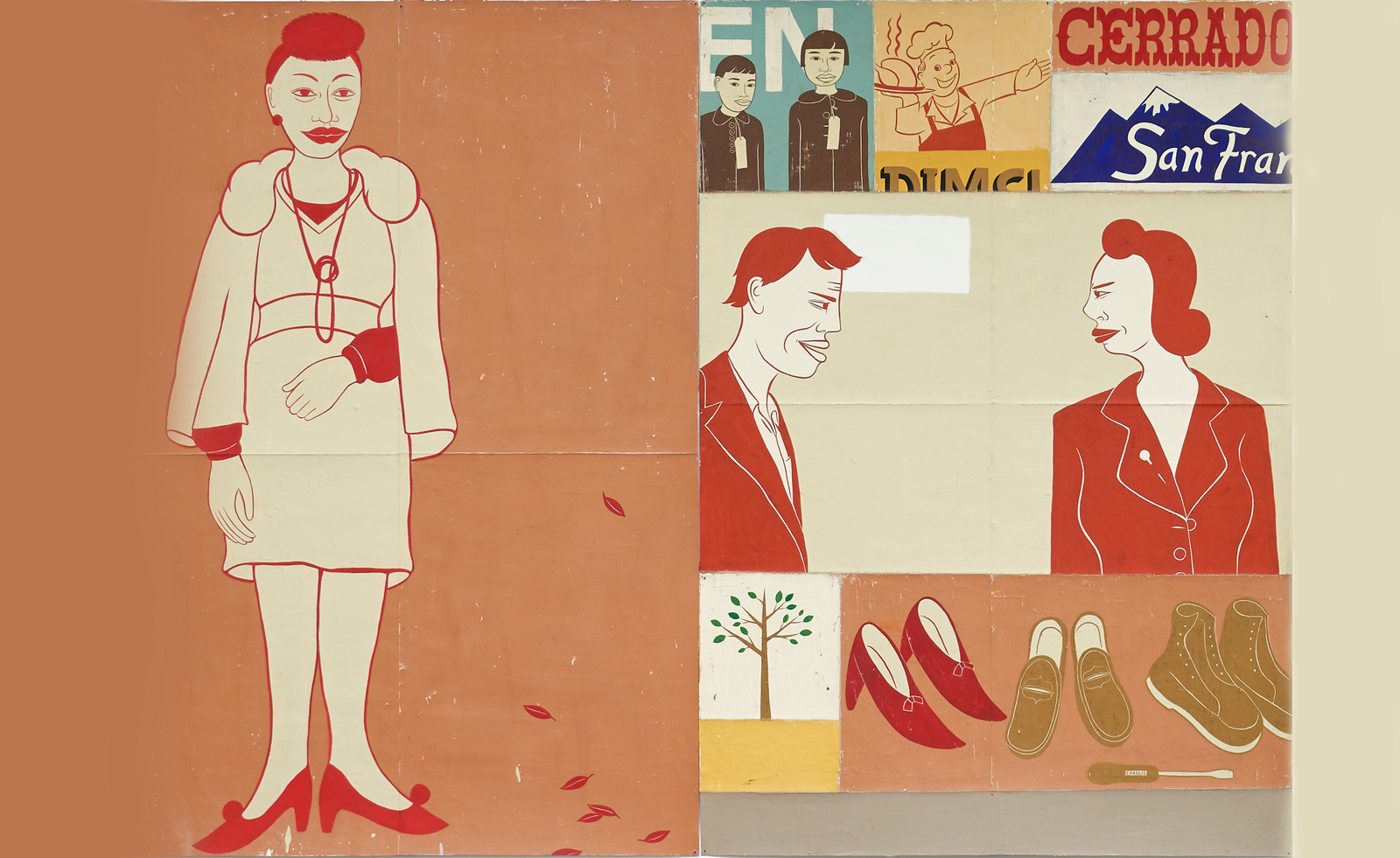
Margaret Kilgallen, Money to Loan (Paintings for the San Francisco Bus Shelter Posters), 2000.
‘I hope that they will appreciate just the incredible value that artists bring to our lives, but also understand artists and creativity differently, and not see art making and creativity as the sort of arena that only some people get to participate in and that you need a certain personality or pocket book to do,’ said Roberts.
Receive our daily digest of inspiration, escapism and design stories from around the world direct to your inbox.

Jay Lynn Gomez, Maria Waiting for Her Check, 2013.
‘Day Jobs’, at the Cantor Arts Center, California is on until 21 July 2024
Ann Binlot is a Brooklyn-based freelance writer who covers art, fashion, design, architecture, food, and travel for publications like Wallpaper*, the Wall Street Journal, and Monocle. She is also editor-at-large at Document Journal and Family Style magazines.
-
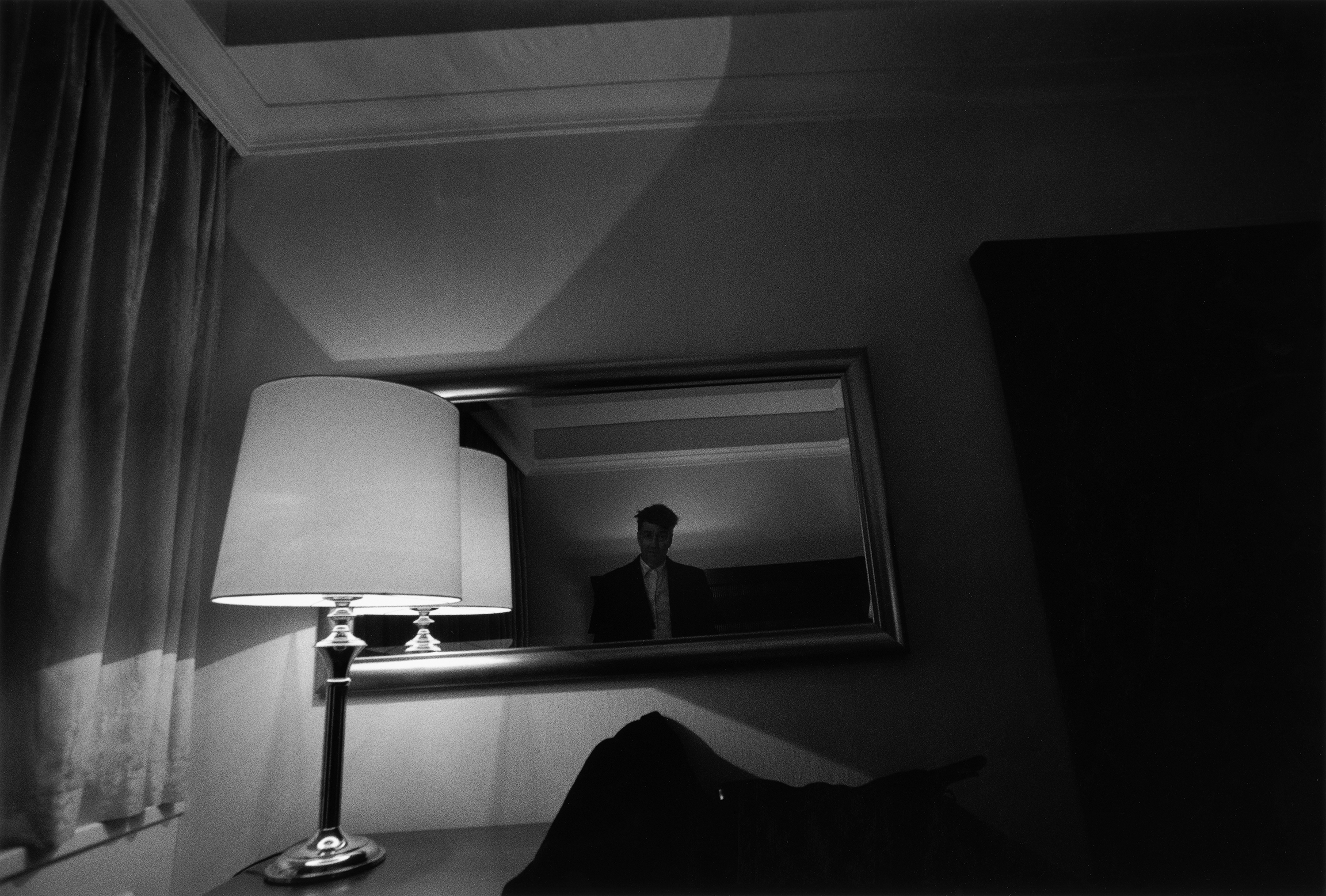 David Lynch’s photographs and sculptures are darkly alluring in Berlin
David Lynch’s photographs and sculptures are darkly alluring in BerlinThe late film director’s artistic practice is the focus of a new exhibition at Pace Gallery, Berlin (29 January – 22 March 2026)
-
 Roland and Karimoku expand their range of handcrafted Kiyola digital pianos
Roland and Karimoku expand their range of handcrafted Kiyola digital pianosThe new Roland KF-20 and KF-25 are the latest exquisitely crafted digital pianos from Roland, fusing traditional furniture-making methods with high-tech sound
-
 Fulham FC’s new Riverside Stand by Populous reshapes the match-day experience and beyond
Fulham FC’s new Riverside Stand by Populous reshapes the match-day experience and beyondPopulous has transformed Fulham FC’s image with a glamorous new stand, part of its mission to create the next generation of entertainment architecture, from London to Rome and Riyadh
-
 Ed Ruscha’s foray into chocolate is sweet, smart and very American
Ed Ruscha’s foray into chocolate is sweet, smart and very AmericanArt and chocolate combine deliciously in ‘Made in California’, a project from the artist with andSons Chocolatiers
-
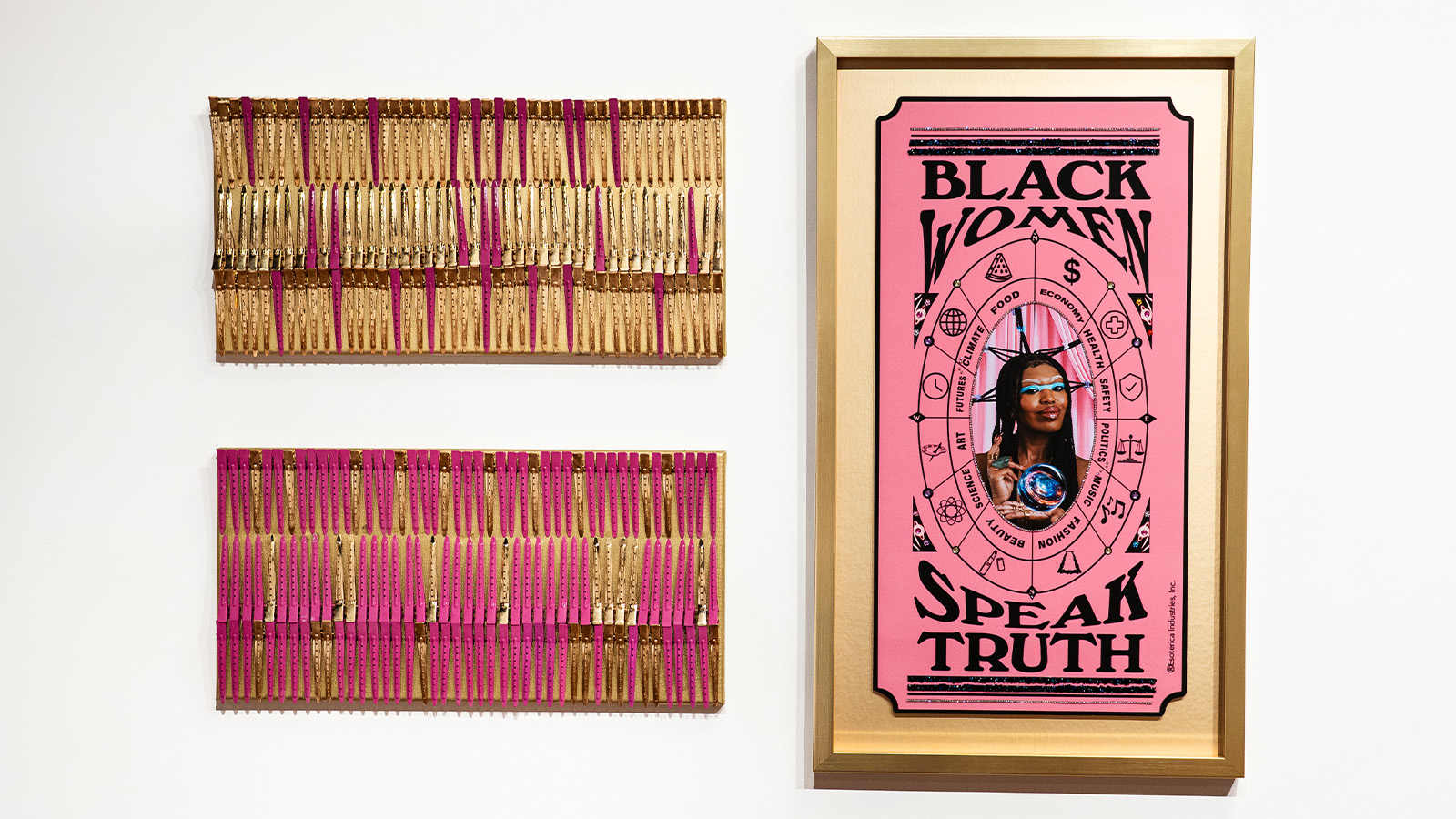 The spread of Butter: the Black-owned art fair where artists see all the profits
The spread of Butter: the Black-owned art fair where artists see all the profitsThe Indianapolis-based art fair is known for bringing Black art to the forefront. As it ventures out of state to make its Los Angeles debut, we speak with founders Mali and Alan Bacon to find out more
-
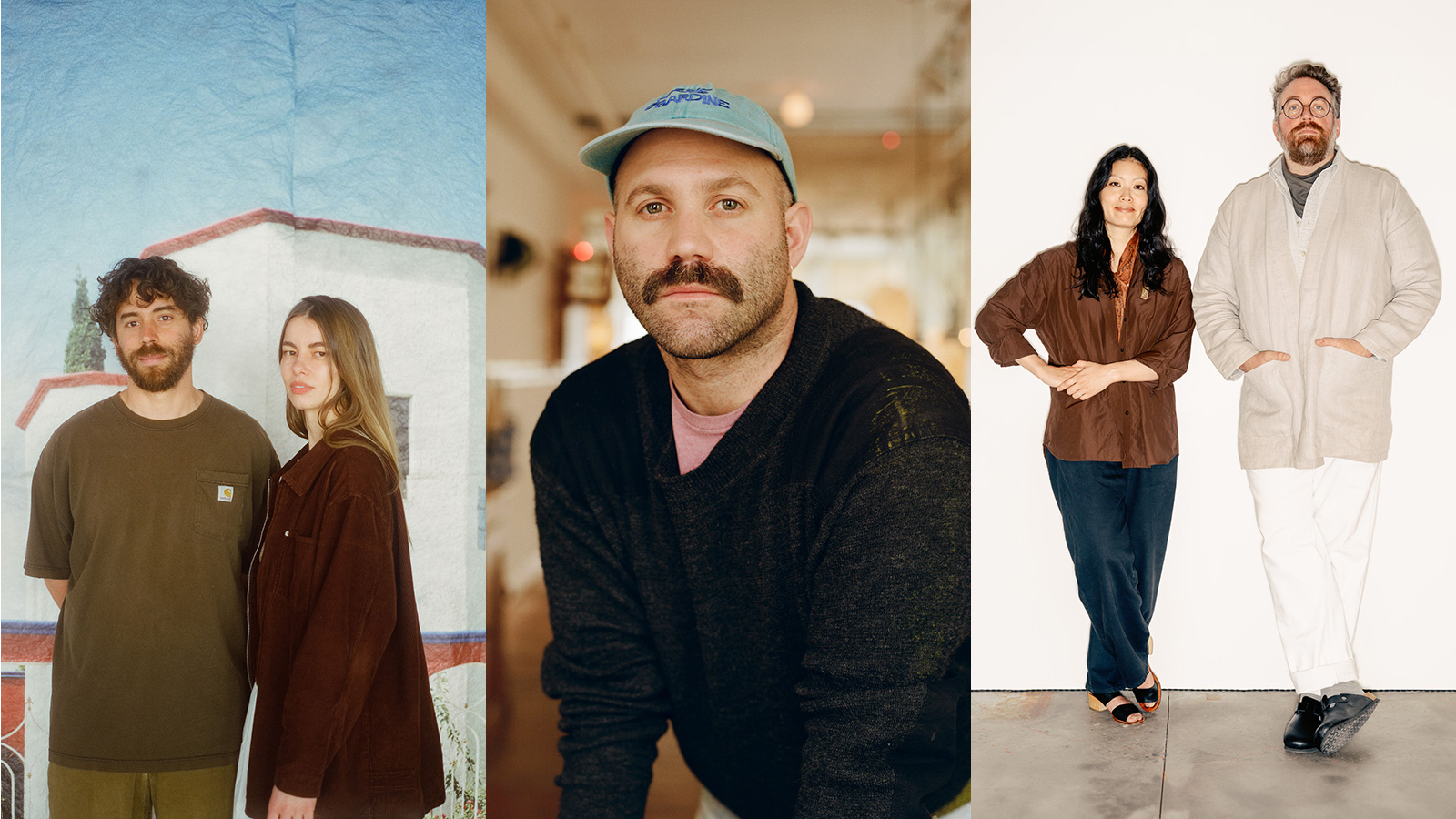 The dynamic young gallerists reinvigorating America's art scene
The dynamic young gallerists reinvigorating America's art scene'Hugging has replaced air kissing' in this new wave of galleries with craft and community at their core
-
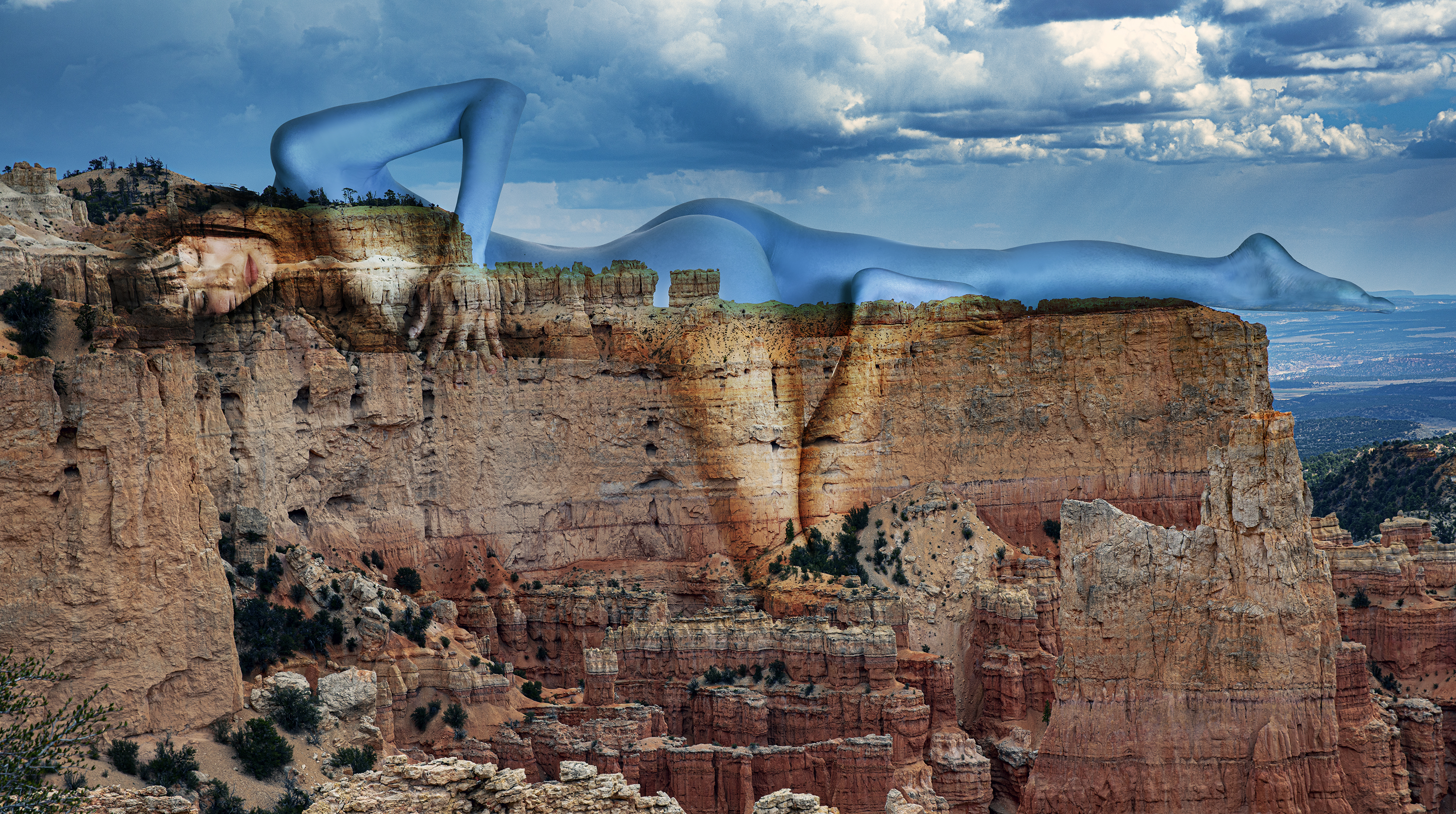 Mystic, feminine and erotic: the power of Penny Slinger’s bodies as landscape
Mystic, feminine and erotic: the power of Penny Slinger’s bodies as landscapeArtist Penny Slinger continues her exploration of the sacred, surreal feminine in a Santa Monica exhibition, ‘Meeting at the Horizon’
-
 Desert X 2025 review: a new American dream grows in the Coachella Valley
Desert X 2025 review: a new American dream grows in the Coachella ValleyWill Jennings reports from the epic California art festival. Here are the highlights
-
 Don't miss these seven artists at Frieze Los Angeles
Don't miss these seven artists at Frieze Los AngelesFrieze LA returns for its sixth edition, running 20-23 February, showcasing over 100 galleries from more than 20 countries, as well as local staples featuring the city’s leading creatives
-
 Los Angeles art exhibitions: the best shows to see in December 2025
Los Angeles art exhibitions: the best shows to see in December 2025Read our pick of the best Los Angeles art exhibitions to see this month, from a ‘Walk on the Moon’ at Jeffrey Deitch to The AIDS Monument at West Hollywood Park
-
 Andrea Bowers’ sculptural chandelier for Ruinart reflects a shared commitment to environmental conservation
Andrea Bowers’ sculptural chandelier for Ruinart reflects a shared commitment to environmental conservationAndrea Bowers has partnered with Ruinart to create a work to be unveiled at Frieze LA, before it finds a permanent home at Maison Ruinart’s HQ in Reims